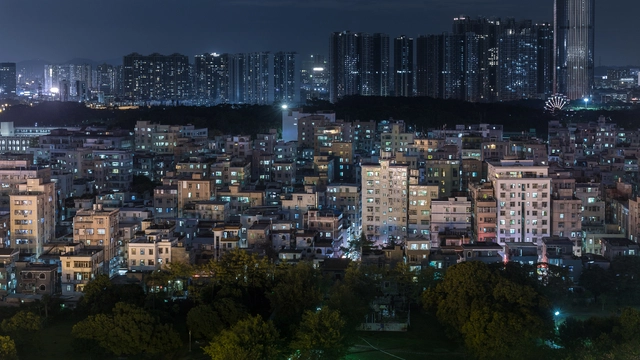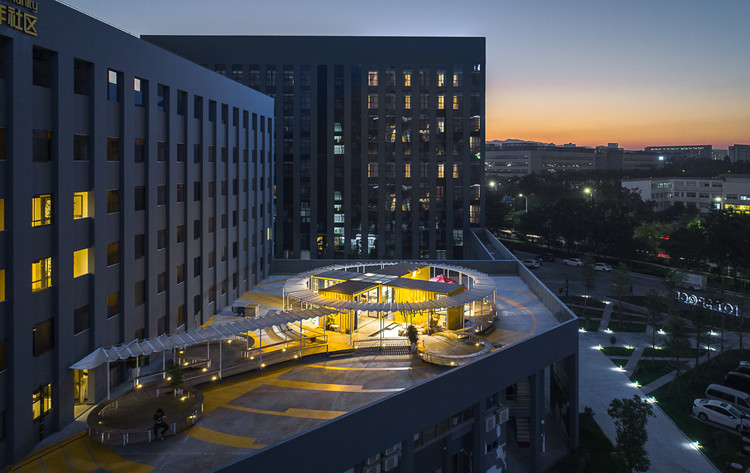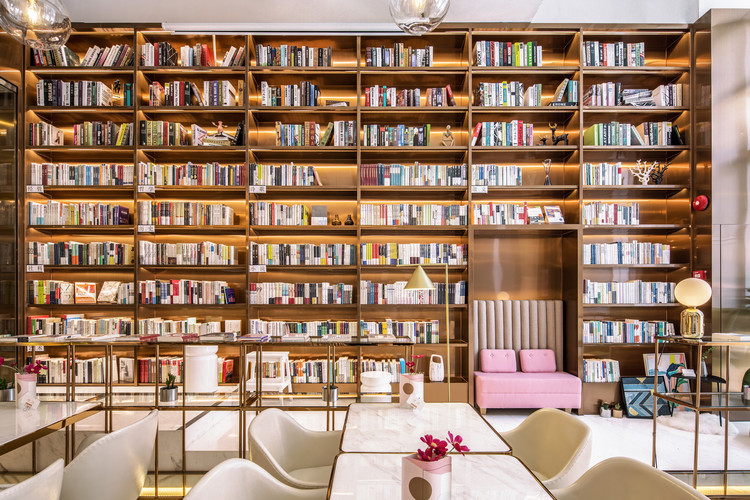
Shenzhen: The Latest Architecture and News
Zhulang Huagai: A Figure for the Nantou Urban Village / NADAAA + Cooper Union
Guangming Exhibition Hall of UABB / CUBE DESIGN
Dom-Ino Pavilion / Benyuan Design and Research Center

-
Architects: Benyuan Design and Research Center
- Area: 303 m²
- Year: 2017
-
Manufacturers: Hui zhou, Sheng yuan, Ye sheng da
Enclave Book Pavilion / Aether Architects
Ping An Finance Centre / KPF
V&A Gallery / Values of Design
Shenzhen Talent Park / AUBE
Sewn Timber Shell / ICD University of Stuttgart + DDRC Tongji University

-
Architects: DDRC Tongji University, ICD University of Stuttgart
- Area: 17 m²
- Year: 2017
-
Manufacturers: Groz Beckert, Guetemann, Kleiberit
Shenzhen Sea World Culture and Arts Center / Maki and Associates

-
Architects: Maki and Associates
- Area: 73918 m²
- Year: 2017
-
Manufacturers: Guardian Glass
The Results Are In: 2017 Was Another Record-Breaking Year for Skyscrapers

2017 was another banner year for skyscraper construction.
According to the 2017 Tall Building Year in Review, the annual web report from The Council on Tall Buildings and Urban Habitat (CTBUH), a record-breaking 144 buildings 200 meters tall (656 feet tall) or higher were completed in 2017, led by the 599-meter-tall Ping An Finance Center and 555-meter-tall Lotte World Tower.
In the report, CTBUH outlines this year’s trends in tall building design. Notably, 2017 proved to be the most geographically diverse year in history for tall buildings, with 69 cities across 23 countries completing new towers, an significant increase from 54 cities and 18 countries in 2016. Of those numbers, 28 cities and 8 countries completed their new tallest building.
Design Society Shenzhen / MVRDV
2017 Bi-City Biennale of Urbanism/Architecture Opens This Week in Shenzhen

Text from the organizers Bi-City Biennale of Urbanism\Architecture (UABB). The Bi-City Biennale of Urbanism\Architecture (UABB), the only exhibition in the world to explore issues of urbanization and architectural development, will be opening for its 7th edition on December 15th, 2017. UABB will be held at Nantou Old Town in Nanshan district, an urban village that was once the administrative center of the Bao'An County. Hou Hanru, Liu Xiaodu, and Meng Yan (in alphabetic order) make up the curatorial team, all known for notable accomplishments in their respective fields. UABB is thrilled to host more than 200 award-winning exhibitors from 25 countries to share their perspectives on diversity and urban villages at this year’s biennale.
The New Swan Stone Castle of OCT / CUBE DESIGN

-
Architects: CUBE DESIGN
- Area: 314732 m²
- Year: 2017
-
Professionals: SCDA Architects Private Limited
YOU+International Youth Community Shenzhen / officePROJECT
China's First Dedicated Culture & Design Center, Design Society, Opens in Shenzhen

China’s first dedicated cultural design center, Design Society, has opened to the public in Shenzhen. Designed by legendary Japanese architect Fumihiko Maki, the center’s brand new building on the harborfront of Shekou will serve as a platform for the museum’s innovative program highlighting all realms of design while creating a “thought-provoking experience” for visitors.
Seesaw Coffee Shenzhen MIXC / NOTA Architects

-
Architects: NOTA Architects
- Area: 243 m²
- Year: 2017
-
Manufacturers: Agglotech, FIDIVI Tessitura Vergnano S.p.A., HAY
-
Professionals: ChenYi Construction, Liang-Xing Wang's Team, TT FLOWERS
Ciao Amici Bar / Hejidesign Shenzhen

-
Architects: Hejidesign Shenzhen
- Area: 136 m²
- Year: 2017























_Tim_Griffith.jpg?1514957995&format=webp&width=640&height=580)
_PAFC.jpg?1514958053)
_PAFC.jpg?1514958043)
_Tim_Griffith.jpg?1514958020)
_Tim_Griffith.jpg?1514958007)
_Tim_Griffith.jpg?1514957995)





















Nick__Ulivieri__Photography.jpg?1513267321)


Hufton_Crow_025.jpg?1513272972)
































